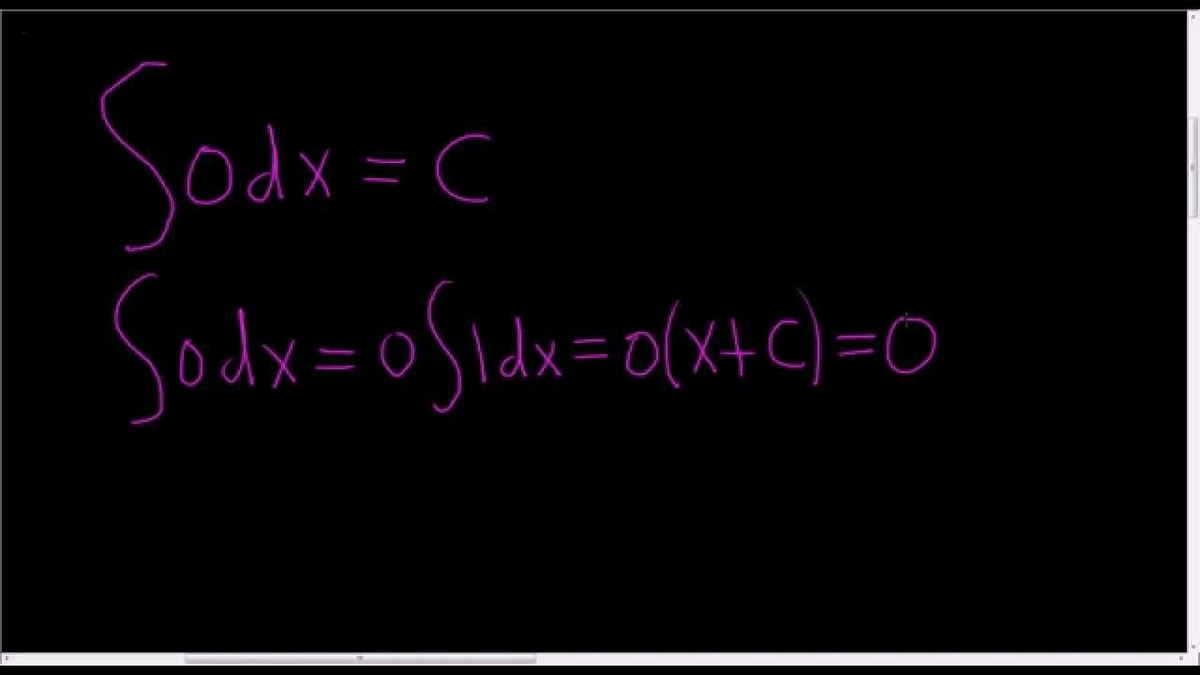For example, if (c, f(c)) is a critical point of y = f(x) then f(c) is called the critical value of the function corresponding to the critical point (c, f(c)). The critical values of a function are the values of the function at the critical points. Either f '(c) = 0 or f'(c) is NOT defined.A point (c, f(c)) is a critical point of a continuous function y = f(x) if and only if Vertical tangent at (c, f(c)) ⇒ Slope = undefined ⇒ f'(c) is NOT definedīased upon the above discussion, a critical point of a function is mathematically defined as follows.Horizontal tangent at (c, f(c)) ⇒ Slope = 0 ⇒ f '(c) = 0.
We already have seen that a function has either a horizontal or a vertical tangent at the critical point. But how is a critical point related to the derivative? We know that the slope of a tangent line of y = f(x) at a point is nothing but the derivative f'(x) at that point. A critical point of a function y = f(x) is a point (c, f(c)) on the graph of f(x) at which either the derivative is 0 (or) the derivative is not defined.


